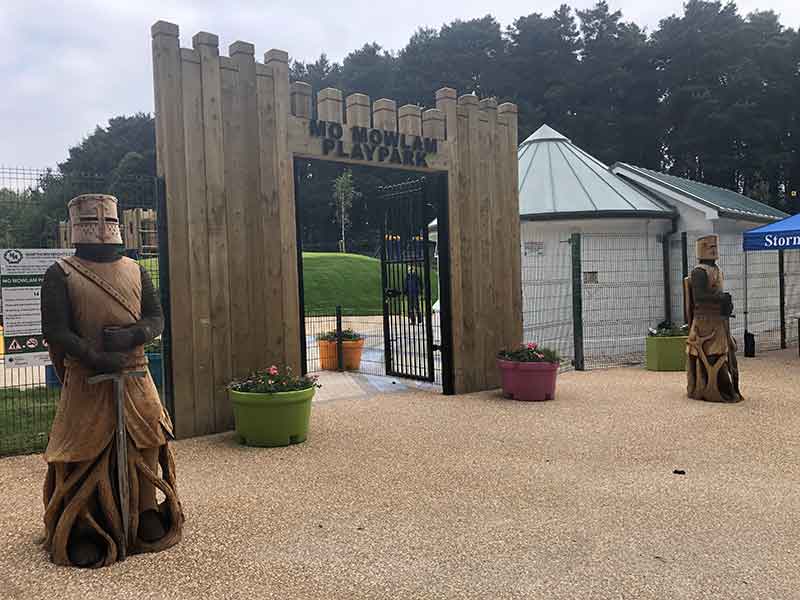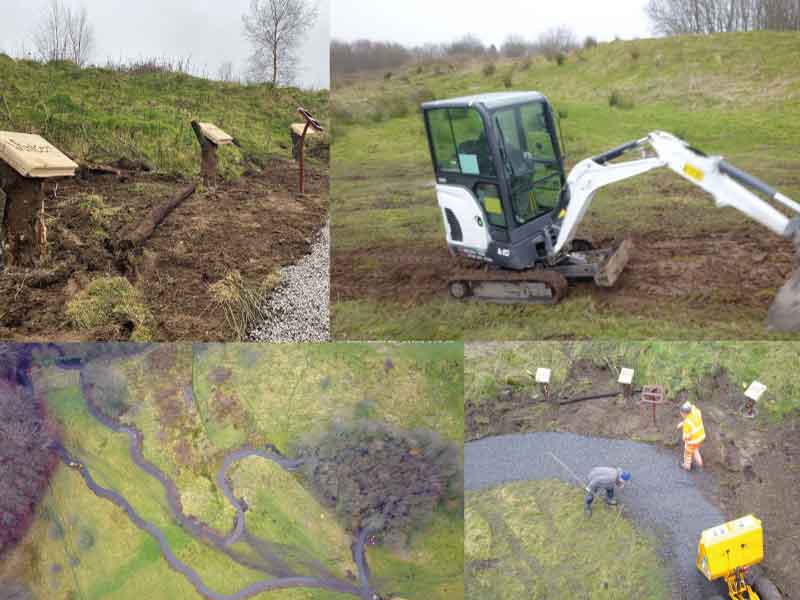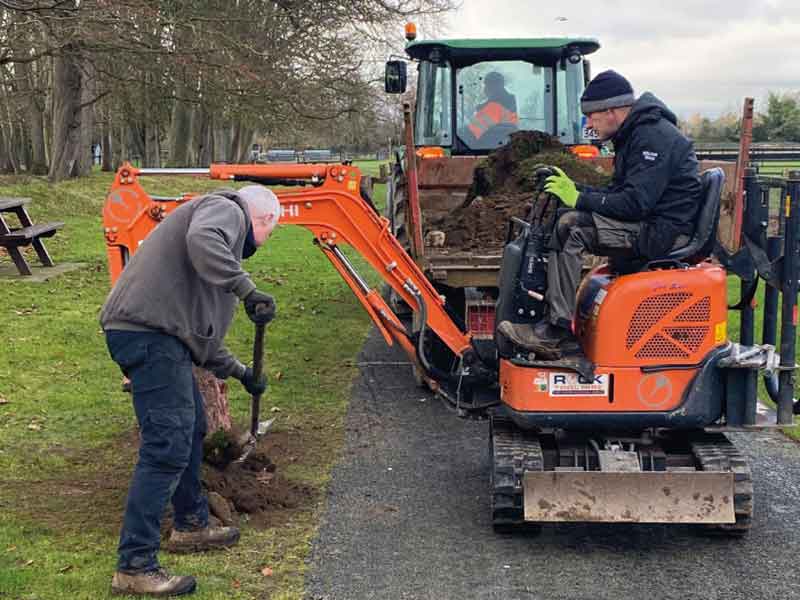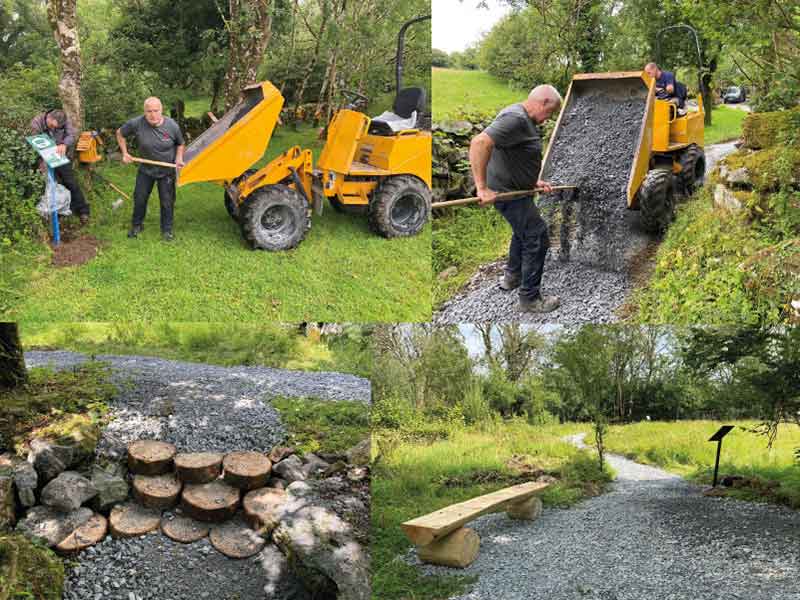Trail Construction
A crucial step in the process
An Overview of the Process
When it comes to trail construction, proper planning and the involvement of a skilled team are essential. A well-constructed trail offers numerous benefits, including enhanced user experience, minimised environmental impact, and long-term sustainability. This article will explore the advantages of correct trail construction, the importance of planning, and utilising a knowledgeable team. We will also explore different construction techniques and the benefits of using locally sourced materials.
Benefits of Correct Trail Construction
Enhanced User Experience: An adequately constructed trail provides a safe, enjoyable, and immersive user experience. Well-designed paths, suitable grades, and well-drained surfaces create a comfortable and visually appealing trail that encourages exploration.
Environmental Protection: Correct trail construction techniques take into account the surrounding environment, ensuring minimal disturbance to flora, fauna, and ecosystems. Proper drainage systems and erosion control measures help prevent damage to natural resources and maintain ecological balance.
Long-Term Sustainability: A well-constructed trail is built to withstand weather conditions and heavy use, reducing the need for frequent repairs and maintenance. It is designed with durability and longevity, ensuring the trail remains functional and enjoyable for years.
The Importance of Planning in Trail Construction
Practical trail design and construction begins with comprehensive planning. This stage involves evaluating the site, considering topography, soil composition, and natural features. Proper planning ensures that the trail aligns with the landscape, minimising the need for excessive excavation and disturbance. Moreover, planning involves determining the most suitable route, considering accessibility, user preferences, and environmental sensitivity. By carefully considering these factors, the trail can be designed to maximise enjoyment while minimising the impact on the natural surroundings.

Utilising a Knowledgeable Construction Team
The success of a trail construction project relies on the expertise of the team involved. Hiring professionals with specialised knowledge and experience in trail construction ensures that the project is executed to the highest standards. A knowledgeable team can offer valuable insights and innovative design solutions, provided the trail meets industry standards and aligns with the project’s goals. Their expertise in proper construction techniques and understanding of environmental considerations contribute to the long-term sustainability of the trail.
Different Types of Techniques
Natural Surface Trails: These trails are constructed using on-site natural materials, such as soil, rocks, and vegetation. They are designed to blend seamlessly with the environment and provide a rustic and immersive experience for hikers, walkers, and nature enthusiasts.
Gravel Trails: Gravel trails consist of a compacted base with a layer of crushed stone. They are suitable for high-use areas, providing a stable and durable surface for easy maintenance and accessibility.
Boardwalks and Bridges: Boardwalks and bridges provide safe passage in areas with wetlands or rugged terrain. These elevated structures help protect sensitive ecosystems and allow visitors to enjoy the natural beauty of the surroundings.
Using Locally Sourced Materials for Trail Construction
Using locally sourced materials in trail construction brings numerous benefits, reducing transportation costs, carbon emissions, and the environmental impact of long-distance material delivery. Additionally, using locally sourced materials supports the local economy and promotes a connection between the trail and the surrounding community. By utilising materials native to the area, such as stones, timber, or recycled materials, the trail can be seamlessly integrated into the landscape, creating a harmonious and sustainable outdoor experience.
Proper trail construction is crucial for creating a trail that offers enhanced user experience, minimal environmental impact, and long-term sustainability. Through comprehensive planning, the involvement of a knowledgeable team, and utilising different construction techniques, trails can be thoughtfully designed to maximise enjoyment.




